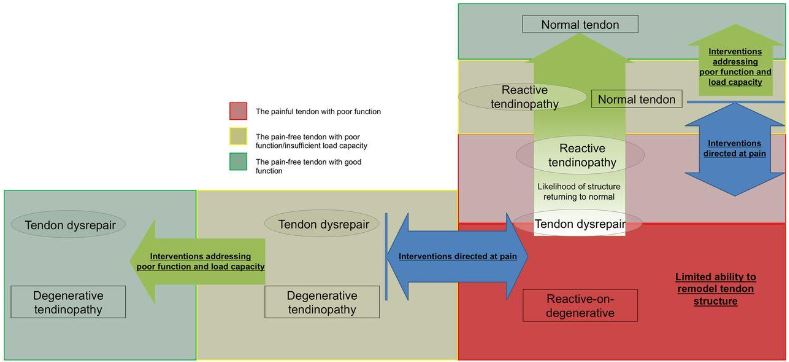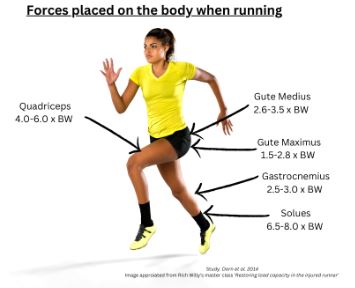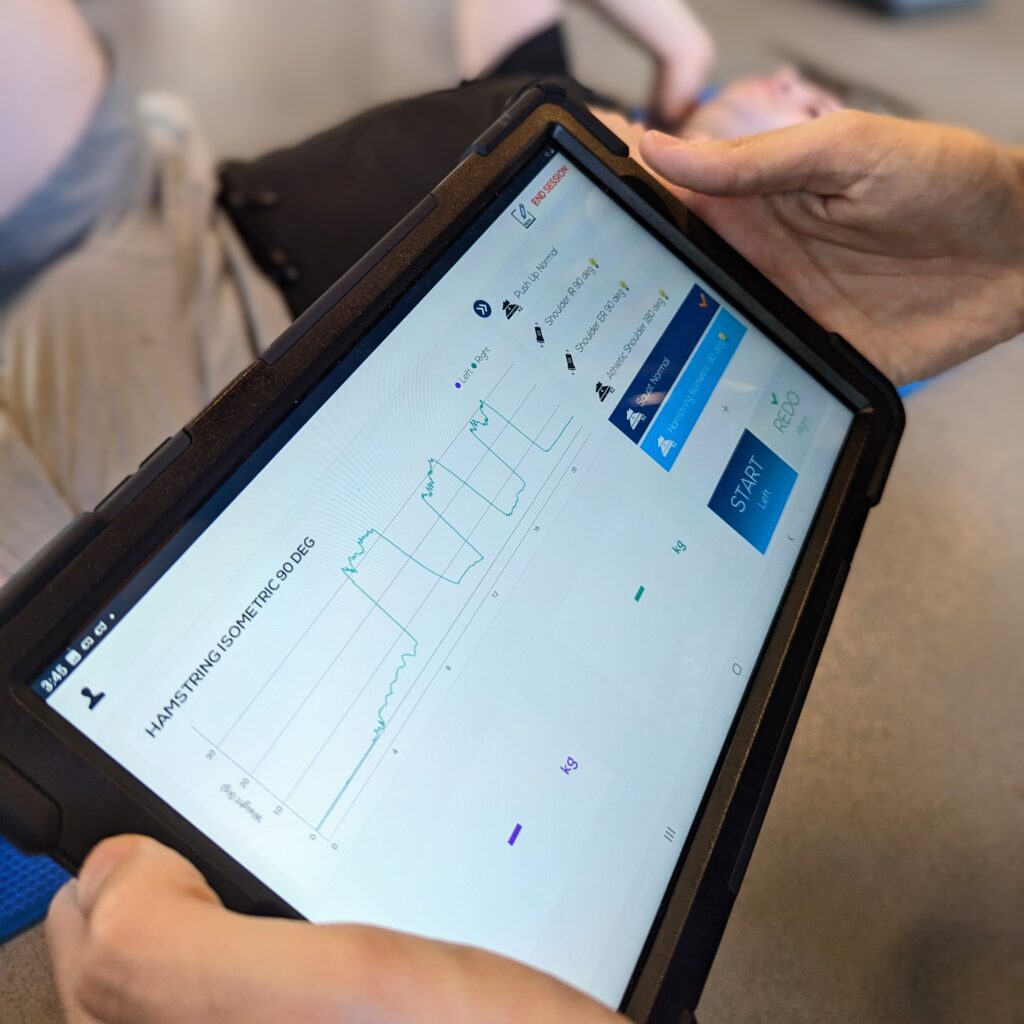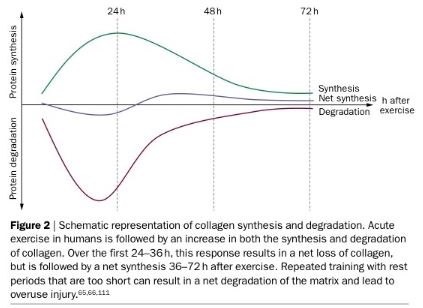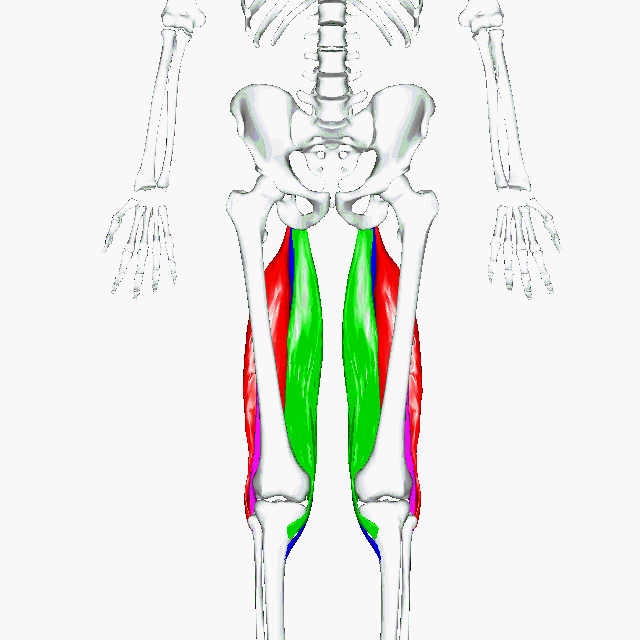Winter Sports – Pain Management Advice for Musculoskeletal Injuries
Winter is a period that brings with it a different set of obstacles relating to musculoskeletal injuries. Engaging in winter sports or activities in colder temperatures can increase the risk of injury. However proactive pain management strategies can help you navigate the winter season safely and effectively to minimise discomfort. In this blog, we will explore common winter musculoskeletal injuries and provide practical advice for managing pain.
Sprains and Strains:
Sprains and strains are one of the most common musculoskeletal injuries during winter. Sprained ligaments, muscles or tendons, particularly in areas such as ankles, wrists, and knees, can result in pain, swelling, and limited mobility.
Pain Management Advice:
Acronyms such as RICE, PRICE and POLICE are used to help manage the acute stage of pain. Dubious et al 2019 presented a slightly different acronym that helps with the immediate care but also the subsequent care of injuries. These acronyms are PEACE and LOVE:
Protection – avoid activities and movements that increase pain during the first few days after injury
Elevation – elevate the injured limb higher than the heart as often as possible
Avoid Anti-inflammatories – avoid taking anti inflammatory medication (example) as they reduce tissue healing. Avoid ice
Compression – use elastic bandage or taping to reduce swelling
Education – your body knows best. Avoid unnecessary passive treatments and medical investigations and let nature play its role
Load – let pain guide your gradual return to normal activity. Your body will tell you when it’s safe to increase load.
Optimism – condition your brain for optimal recovery by being confident and positive.
Vascularisation: choose pain-free cardiovascular activities to increase blood flow to repairing tissues
Exercise – restore mobility, strength and proprioception by adopting an active approach to recovery
Back Injuries:
Winter activities such as skiing can put further strain on the back which may lead to injuries such as muscular spasms/strains, as well as injuries to the spinal structures such as the disc, or more commonly non specific structures of the lower back. All these injuries can arise both from contact or non contact scenarios.
Pain Management Advice:
- Heat Therapy – Apply a heating pad or taking a warm bath relaxes muscles and may alleviate back pain. To note sometimes applying heat in an area that is highly irritable may not be possible at times and this may need further opinion by a health professional
- Gentle movement – Perform gentle movements targeting the back muscles to improve flexibility and reduce tension
- Activation exercises – engage in bodyweight/banded exercises that can help the musculature surrounding the trunk such as the glutes, hamstrings and quadriceps e.g banded sit to stands, crab walks with loop band around the ankles
- Temporary altered lifting techniques – When lifting heavy objects, use your leg muscles instead of your back to minimise strain on the spine. As time progresses, you will be more confident to start bending your back without feeling overly protective of perfect ‘mechanics’
Fractures:
Frosty or icy surfaces can sometimes result in fractures as the incidence of slips and falls increase. Wrists and ankles are common sites of fractures that we tend to see in the clinic. These injuries require immediate medical attention.
Pain Management Advice:
- Immobilisation – Keeping the fractured site/limb immobilised using splints or casts as instructed by your physiotherapist or healthcare professional
- Pain Medication – prescribed pain medication as directed by your doctor to manage discomfort during the healing process
- Physiotherapy – Consult with your physiotherapist as to when to start your rehabilitation journey as this can vary depending on the types of fracture, your physiotherapist may be able to prescribe exercises that can improve range of motion and strength surrounding the injured site while minimising pain within the appropriate time needed
Overuse Injuries:
Engaging in winter sports or activities like cycling, skiing, ice skating, or snowboarding can heighten overloaded tissues and may need certain models of care depending on the activity at hand. Pain management advice may differ depending on when symptoms are reported – acute treatment is very different to long-term symptoms
Pain Management Advice:
- In the clinic, we try to follow similar principles to PEACE & LOVE in addition to exercise as measures for pain relief
- If we believe an overloaded tissue is causing your pain,we try to calm things down by offloading the affected tissue. This may include altering activities or equipment. For example, cyclists may have to adjust their bike set up, skiers could adjust their skis, and runners could adjust their footwear or weekly running volume. At times, we may prescribe rest to allow sufficient time for recovery to avoid overexertion.
- If both PEACE and LOVE principles as well as activity modifications do not help, an assessment by your physiotherapist would be the next step to follow
Conclusion:
When it comes to musculoskeletal injuries during winter, prevention and proactive pain management is key. By taking precautions such as wearing appropriate footwear, being mindful of your movements, and staying cautious on slippery surfaces, you can reduce the risk of injuries. In the event of an injury, we suggest following the pain management advice provided and seeking help from a physiotherapist or other healthcare professional if needed.
If you need further assistance with managing or coming back from a winter sporting injury, our team of physiotherapists are here to help. Click here to book an appointment today!
By Ehsam Popal | Senior Physiotherapist
References
- Dubious B, Esculier J-F.Br J Sports Med Month 2019 V0 No.0
- Singh DP, Barani Lonbani Z, Woodruff MA, et al. Effects of topical icing on inflammation, angiogenesis, revascularization, and myofiber regeneration in skeletal muscle following contusion injury. Front Physiol 2017;8:93
